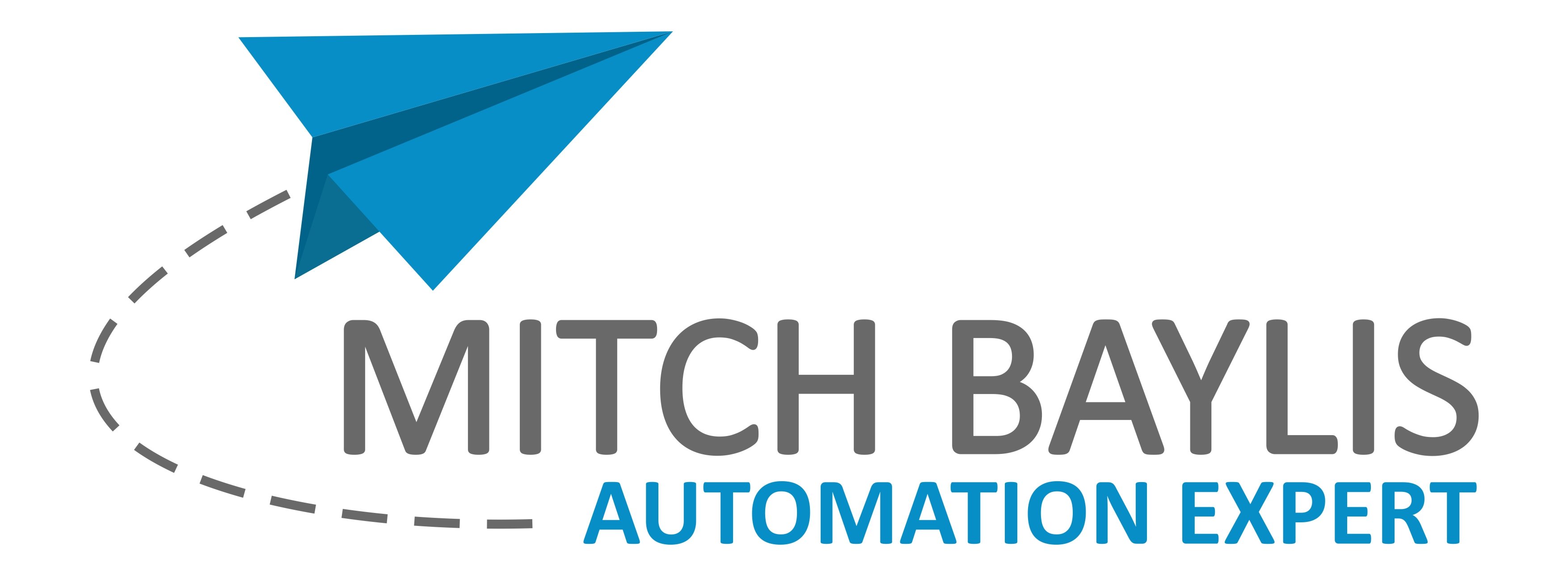Hey there, automation enthusiasts! 🌟 Today, we’re diving into the world of make.com and mastering the use of filters to streamline your business processes. Filters are essential for controlling data flow in your automation scenarios, ensuring that only the relevant information gets processed. Let’s get started!
First, check out this video guide that will walk you through the process:
Now, let’s break down the key points and dive deeper into how you can use filters in make.com to supercharge your automation workflows.
Understanding Filters in make.com
Filters in make.com allow you to control which data bundles move from one module to another. This is crucial for scenarios where you need to ensure that only specific data is processed further.
Setting Up Your Initial Trigger
In our example, we start with an initial trigger module that retrieves a contact. This module runs at set intervals, for instance, every 15 minutes, to fetch contact data. We then use filters to decide which contacts move to the next module.
Adding a Simple Filter
To add a filter, click on the wrench icon in the module settings. For a basic example, let’s set up a filter to check if an email exists. This filter ensures that only contacts with an email address proceed to the next module.
Steps:
- Click the wrench icon in the module settings.
- Add a filter condition like “Email exists”.
- Label the filter for easy identification.
Using Router Modules for Complex Scenarios
Router modules are powerful tools in make.com that allow you to create multiple pathways for data bundles. For instance, if you have 10 data bundles, the router can split them into different paths based on set conditions.
Example:
You might want to route contacts based on whether they have a phone number. You can label this path “Phone exists” and add the necessary filter. If you need multiple conditions (like checking for both phone and email), use double filters to combine “AND” and “OR” rules.
Fallback Routes
Fallback routes are handy for ensuring that no data bundle is left unprocessed. If a bundle doesn’t meet any of the set conditions, it follows the fallback route. This is particularly useful for error handling and ensuring all data is accounted for.
Advanced Filtering Techniques
make.com offers various filter types, including:
- Date Filters: Filter data based on creation or modification dates.
- Array Filters: Handle arrays by filtering based on array contents or length.
- Text Filters: Check for specific text values or patterns.
- Numeric Filters: Compare numerical values.
- Boolean Filters: Use true/false conditions.
Combining Filters
You can combine multiple filters to create complex conditions. For example, you can filter contacts who have both an email and a phone number or who are subscribed to a specific service.
Example:
- Email exists AND phone number exists.
- OR custom field value equals “Subscribed to SMS”.
Optimizing Your Automation with make.com
Filters are just one part of the powerful toolkit that make.com offers for business automation. By mastering filters, you can ensure that your automation scenarios are efficient, accurate, and tailored to your business needs.
Ready to take your business automation to the next level? 🚀 Schedule a free call with our experts today to get personalized advice and support!
Don’t forget to like this post and subscribe to our channel for more tips and tutorials on mastering make.com and other automation tools.
Happy automating! 🤖
Recent Posts
Zapier vs. Make.com: Which Business Automation Tool is Right for You?
Hey there, automation enthusiasts! 🚀 Today, we’re diving into a face-off between two business automation giants: …
Why I Switched from Calendly to Acuity: A Comprehensive Guide to Better Business Automation
🚀 In the ever-evolving landscape of business automation, choosing the right tools can make or break …
Master Bubble.io: Fixing Repeating Group Issues with Nested Elements
Hey there, fellow Bubble.io enthusiasts! Are you struggling with nesting elements within repeating groups? 🤔 You’re …



